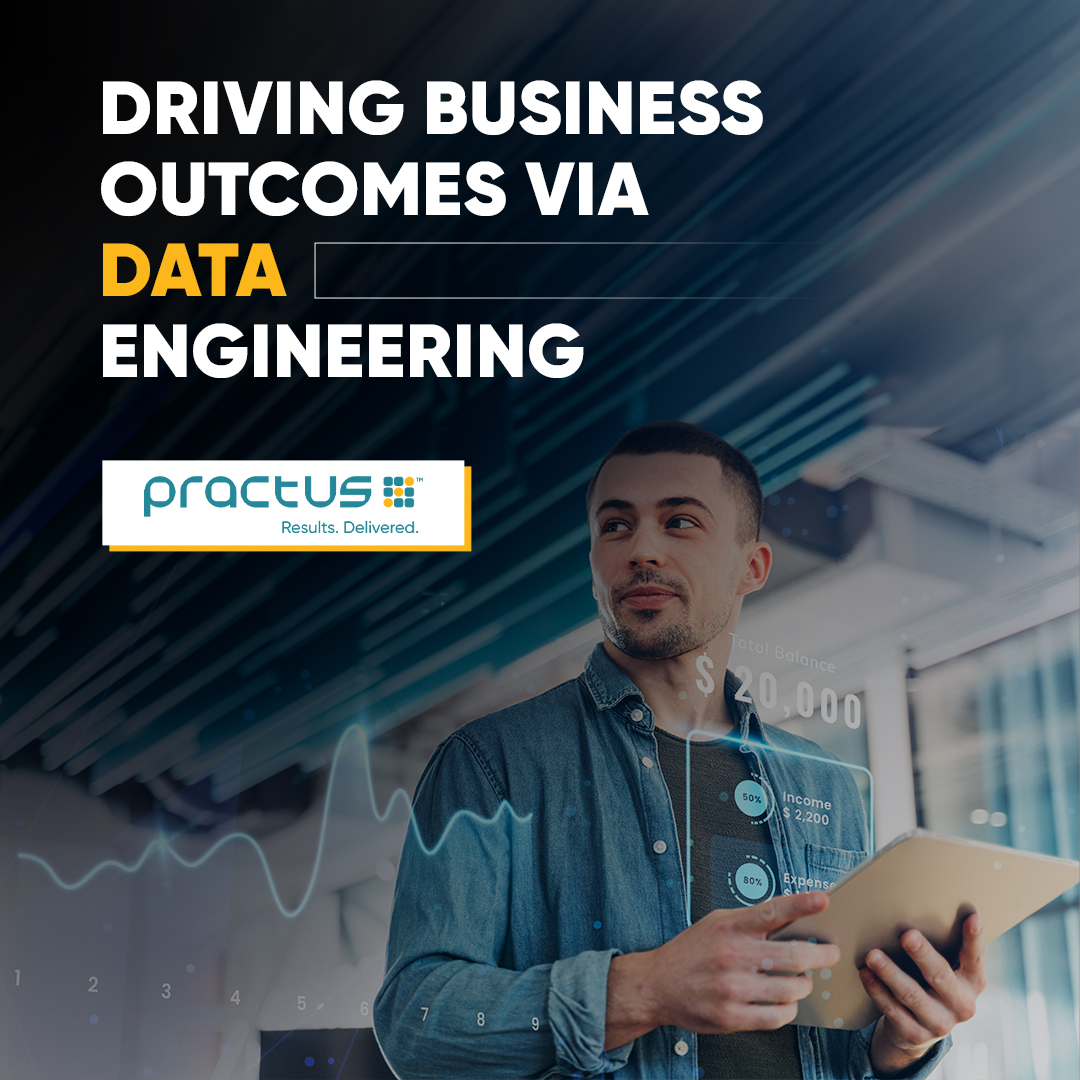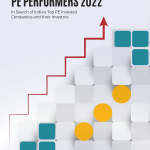
“Your pre-approved loan of Rs. 5 lakh is ready to be disbursed!”
“The festive season is here and you are eligible for our ‘Privilege’ credit card.”
It is common to see your inbox replete with such emails announcing personalized financial offers. The institutions that regularly process tons of data about customers’ transactions, the stores they shop from, and the credits to their account via netbanking, digital wallets, and other online channels, can analyze their spending capacities to create bespoke solutions for them.
Personalization is a key enabler that helps to drive customer-centricity across the value chain in the BFSI industry. As banks and traditional NBFCs face increasing competition from fintechs, they are looking for ways to retain existing customers and attract new ones.
Historically, customer data was collected primarily through call centers and points of sale. Now, increased digitization combined with advanced data analysis technologies enables organizations to use multiple layers of information to create detailed personas of customers. The practice of building and maintaining systems to amass, store, and analyze data at scale is commonly referred to as data engineering.
AI-powered marketing tools are then leveraged to move through vast amounts of information in real time and make insightful decisions to serve customers better. In the era of constant connection, businesses must indeed not merely meet consumer needs but anticipate and exceed them.
Personalizing Customer Experiences – Where to Start?
Understanding the customer is the first step to enhancing customer experience with personalization. This not only includes basic categories such as age, gender, and education level, but also a higher-level understanding of behavioral and psychographic data so that each segment can be approached differently for more personalized and relevant offerings.
The inputs through which businesses can comprehend the needs of different customer segments are sourced from a variety of proprietary and third-party data sources. The former includes the details that an enterprise already owns, such as previous interactions, types of products chosen, and the frequency at which customers buy from the business.
While first-party internal data is restricted to dealings with an organization, external data allows it to close the gaps of knowledge and identify behavioral traits that can help to drive even better business outcomes. Examples include social media posts and credit scores. The enriched data sets together help to customize marketing messages and hyper-personalize product designs and services that are more relevant to various customers.
Understanding the current state of technology and data
An organization that recognizes the role of personalization and how it aligns with customer needs must have access to the right technologies and data management capabilities for implementing the strategies effectively. It may be tracking customers on an e-commerce platform or using facial recognition to provide access to devices, the art of personalization is about how information is collected, analyzed, and used.
Data is central to decision-making for personalization and the kind of personalization a company aims for, will change the kind of data it has to gather. Once the relevant data has been gathered from internal CRMs and 3rd – party sources, implementing the right techniques to connect with customers could be as simple as personalized e-mail marketing or something more advanced such as a custom landing page on the business website. Frequently used examples of technical solutions for personalized offerings include recommendations on search engines, AI-enabled chatbots, and flashing specialized ads on social media to a narrow band of audience.
Personalization Across Industries
Financial institutions are increasingly finding ways to use the data they have for customers to make more informed decisions on the types of products to offer and improve the experience at potential touchpoints on the customer journey. They can analyze the possible areas where a customer would need support. They can conduct risk assessments on the go to avert bad debts without underserving those who have genuine requirements for funds and credible payback capacity. They can also optimize the pricing of relevant services by using a segment-of-one approach.
While the BFSI industry continues to lead the way in capitalizing on data engineering to meet their customers’ financial needs, other industries are also catching up to personalize experiences for the consumers of their products and solutions. Let us delve into some of these:
Retail
When a customer enters an online marketplace or retail website, personalization can be used to drive a unique experience for them – this may involve virtual shopping associates or product customization offers. Such practices transform retail from being a shopping terminus to an online activity for buyers to experience a certain brand.
Customers now also have tools to digitize their experience at a physical retail location. It begins with the use of behavioral analytics to arrange products in a way that maximizes conversion. Once a customer walks into the store, they can use their mobile app for product recommendations and to be directed to the exact location of the product they need. Home Depot is an example of a retail brand that provides such a solution.
Nordstrom is another brand personalizing shopper experiences for better service. It offers an app that allows buyers to reserve clothes that they want to try on in the store. Associates gather the garments and place them in dedicated try-rooms. They text the buyers once it is ready. In its press release, the departmental store mentioned that 80% of shoppers who tried the app used it multiple times.
Public Sector
In the public sector, personalization is about improving outcomes with a strong understanding of citizens’ needs and ensuring that they get the right service at the right time. As government bodies seek ways to streamline operations while providing essential services, they can find a solution in AI. Public authorities already have access to data that offers insights into demographics; they can use it to segment people and customize services as required. It will enable them to serve people faster and more intuitively.
With real-time data collection and consolidation, the government can also track at-risk populations and proactively take measures to keep them safe. In drought-prone areas, for example, this could take the form of ensuring adequate water and food supplies during summer.
Healthcare
Health is already a personal matter and solutions related to it can be hyper-personalized to ensure that individuals get the specific treatments and products they need for a healthy lifestyle. Similar to retail, personalization can be provided through recommendation engines that suggest more effective medicines and health supplements based on gathered data and past reactions to products consumed.
Patients can be treated using both individual medical data and history as well as the trends and diagnoses for other individuals with similar symptoms. AI-ML technologies may be used to sift through the data and advise treatment plans. A virtual assistant app, Your.MD uses AI algorithms to scan through medical literature covering over 1000 conditions. Patients can interact with the bot, describing their symptoms and receiving personalized answers. After diagnosing a patient’s potential condition, it then directs them to the best doctors in their area.
The next stage for personalization in the healthcare world would be to create a 360-degree view of health encompassing both general consumers and patients. When healthcare professionals are equipped with a person’s lifestyle data and individuals have access to their clinical data, it becomes easier to ensure seamless services and customized, holistic healthcare experiences.
Considering The Impediments
The main challenge of using data engineering for personalization is poor data quality. If data is not validated, standardized, and purified, it will offer conflicting or inaccurate information. When poor or outdated information feeds ML algorithms, the results can be very costly for businesses, leading to a loss of opportunities to deliver superior customer experiences.
As digital-age customers also have multiple touchpoints and devices for their shopping, banking, healthcare, traveling, and other requirements, data resides across disparate systems. This is another challenge for organizations to address. They must focus on the integration of data from legacy infrastructure and the cloud to avoid sub-par analytics and inefficient inferences drawn by elegant algorithms.
Creating a Roadmap for Success
Digital transformation is now a never-ending journey and smaller enterprises find it hard to keep up with the pace of innovation. They may find themselves losing momentum even as the expectations for hyper-personalization keep rising.
Data engineering to personalize business solutions is not a single piece of technology that can be deployed and made to function immediately for an organization. It involves strategies that impact multiple elements of operations. The enterprise has to build a roadmap and adopt consolidated technical solutions based on the personalization elements that they know will delight their customers and how they are to be implemented.
Effective personalization to drive business outcomes is primarily about timing and calls for the seamless gathering of high-quality data to make insight-driven decisions. To make the most of existing resources, it is advisable to begin with low-cost, high-impact solutions to drive benefits in ways that are not overtly disruptive to customers and their needs. An organization should also choose solutions that align with its brand image and growth plans. It is therefore important to conduct a self-assessment, understand the goals and current state of the business, and then design a roadmap as per identified priorities.


